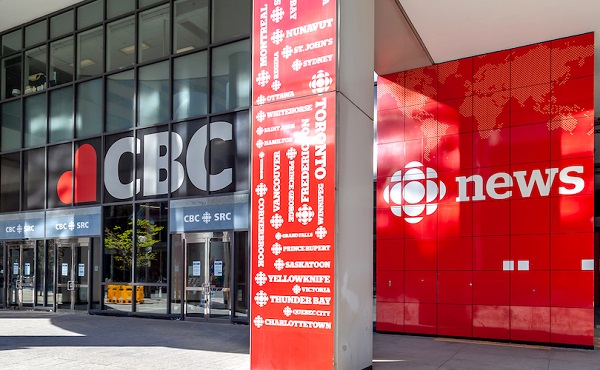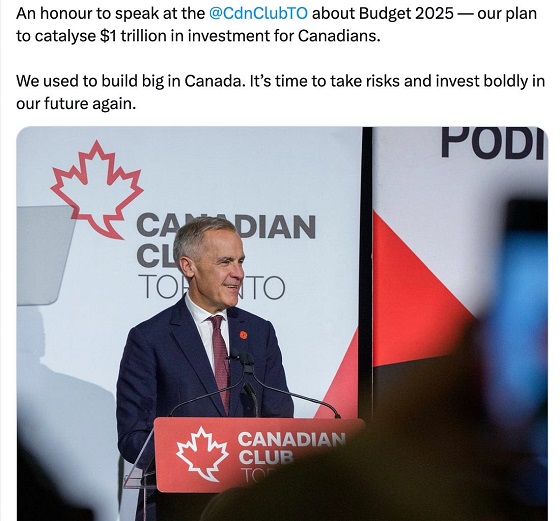National
From Trudeau to Carney, Canada’s Big Projects Plan Risks Same Cycle of Self-Dealing, Squandering, and Foreign Influence
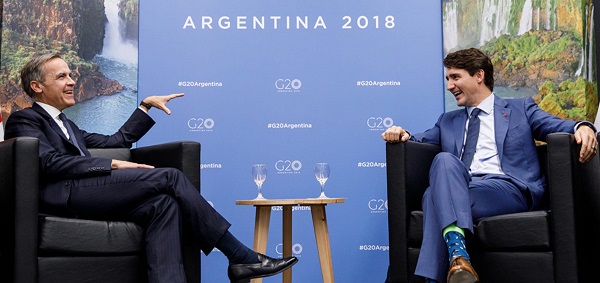
Editor’s Note
The writer is a former partner of a national accounting firm and a registered Liberal who has served seven leaders of the Liberal Party, including four prime ministers. He has subject expertise in real estate development in both the public and private sectors.
VANCOUVER — Prime Minister Mark Carney has announced the launch of a Major Projects Office dedicated to accelerating nation-building initiatives. Most would agree Canada can and must unlock its vast potential to secure prosperity and safety. But if the serious vulnerabilities outlined here remain unaddressed as Ottawa prepares to push forward with this transformative plan, hidden outcomes that undercut transparency and security could undermine the very purpose of Carney’s effort—to rebuild a stronger nation.
The key unresolved matters involve vulnerabilities to foreign interference and the impacts of global money, along with a lack of protections for whistleblowers, while gaps in ethics and transparency persist.
Prime Minister Mark Carney’s Alleged Conflicts of Interest
Democracy Watch, in a July 14, 2025, release, called on Prime Minister Carney to sell his investments, including stock options in more than 550 companies, to eliminate what it described as significant financial conflicts of interest. The group has denounced Carney’s so-called blind trust and ethics screen as riddled with loopholes that allow him to influence decisions from which he could personally profit. It is urging reforms to federal law—closing loopholes in ethics and lobbying codes, lowering donation limits, and strengthening oversight of government watchdogs.
Similar concerns extend into the Prime Minister’s inner circle. On September 5, 2025, the Globe and Mail‘s reporting raised unresolved concerns about Tom Pitfield, the Prime Minister’s principal secretary, focusing on his ties to both the Trudeau and Carney governments and Big Tobacco. Pitfield’s significant stake in Data Sciences and his spouse Anna Gainey’s government role are cited as possible conflicts, especially as critics say his links to tobacco interests undermine federal efforts against tobacco use and youth vaping.
Significantly, foreign interference flagged by the Hogue Commission has not been confronted, including the urgent need for a foreign agent registry. An inquiry into Chinese interference in Canadian elections reveals that Beijing has orchestrated extensive networks to support preferred candidates and target critics, primarily through funding and directing local community associations via diplomatic channels.
As detailed in my January 2025 op-ed, Inside the Liberal Party’s Data Machine, which outlined the party’s continued links from Trudeau to Pitfield and his spouse Anna Gainey, I urged Ottawa to implement a foreign agent registry like those in the United States and Great Britain, a step made more crucial by the Hogue findings and recent billion-dollar announcements from the Prime Minister including the establishment of the Major Projects Office.
Meanwhile, the Liberal Party’s own website still carries a header image of Justin Trudeau and Mark Carney under the 2021 campaign slogan “Forward. For Everyone.” This image signals continuity, not change.
Additionally, as raised by Mayor Brad West in his August 2025 op-ed for The Bureau, the corrosive impact of offshore cash on major projects remains ignored. British Columbia’s housing market is showing signs of instability reminiscent of past financial bubbles seen in Ireland, Spain, and the U.S., with slowing sales, stalled developments, rising debt, and increasing youth unemployment. The current economic model, heavily reliant on real estate, is unsustainable, and the province must shift towards innovation, productivity, and balanced immigration to avoid severe fallout and ensure long-term prosperity.
Finally, whistleblowers remain unprotected, as Ottawa has also failed to rebuild public trust through transparency and accountability.
On whistleblower protection, the evidence is damning. According to the Centre for Free Expression at Toronto Metropolitan University, Canada’s whistleblower laws are ranked worst in the world, tied with Lebanon. The Public Servants Disclosure Protection Act has cost taxpayers over $100 million in 16 years, yet it has never protected a single whistleblower. As David Hutton wrote in the Globe and Mail on May 19, 2023, other nations are strengthening protections while Canada weakens. As E. von Scheel reported in 2019, experts have called Canada’s framework a “tissue paper shield.”
Transparency International Canada, in its August 19, 2025, submission to the Financial Action Task Force, confirmed the above serious unresolved issues. The submission urged a call to action for more robust laws to prevent money laundering and terrorist financing including more reporting mechanisms to combat financial crime.
As I asserted in my January 2025 op-ed, only full disclosure and decentralization of financial relationships among key Liberal Party stakeholders can rebuild public trust.
In summary, if Canada is to authentically strive for a liberal democracy that delivers economic opportunity, equality, transparency, accountability, and the capacity for self-critique, we should remember the wisdom in Proverbs 11:2-3.
“When pride comes, then comes disgrace, but with humility comes wisdom. The integrity of the upright guides them, but the unfaithful are destroyed by their duplicity.”
The Bureau is a reader-supported publication.
To receive new posts and support my work, consider becoming a free or paid subscriber.
armed forces
Canadian veteran says she knows at least 20 service members who were offered euthanasia
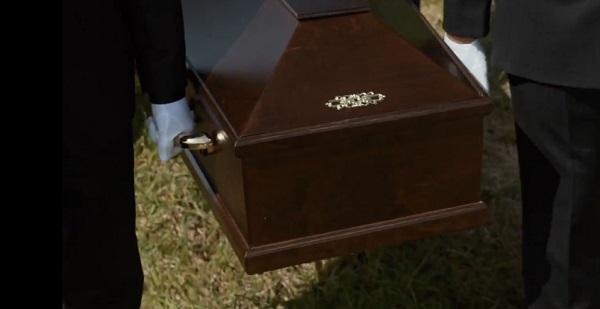
From LifeSiteNews
Canadian Armed Forces veteran Kelsi Sheren told members of the House of Commons that he has proof of veterans being offered assisted suicide.
Canada’s liberal euthanasia laws have made the practice so commonplace that a Canadian Armed Forces (CAF) veteran has said she knows and has “proof” that no less than 20 of her colleagues were offered unsolicited state-sponsored euthanasia.
Kelsi Sheren, who is a CAF veteran, recently told MPs in the House of Commons veterans affairs committee that “over 20 veterans have confirmed being offered MAID.”
“I have the proof, and I have proof of more,” Sheren told the committee during an October 28 meeting.
Conservative MP Blake Richards asked Sheren if she was willing to provide them with evidence to affirm her allegations.
Sheren noted how the 20 veterans have given written testimonies, or actual audio recordings, of when they were offered what in Canada is known as Medical Assistance in Dying (MAiD).
“We also have other individuals who are too afraid to come forward because Veterans Affairs has threatened their benefits,” she told MPs, adding that some other veterans were even offered non-disclosure agreements along with “payouts if they were to take it.”
Veterans Affairs Canada (VAC) has told the media its “employees have no role or mandate to recommend or raise (MAid). ”
As reported by LifeSiteNews, this is not the first time reports of CAF veterans saying they were offered MAiD.
Indeed, as reported by LifeSiteNews, it was revealed last year that the federal department in charge of helping Canadian veterans appears to have purposefully prevented the existence of a paper after scandalous reports surfaced alleging that caseworkers had recommended euthanasia to suffering service members.
LifeSiteNews recently published a report noting how a Canadian combat veteran and artillery gunner revealed, while speaking on a podcast with Dr. Jordan Peterson, that the drugs used in MAiD essentially waterboard a person to death. Assisted suicide was legalized by the Liberal government of former Prime Minister Justin Trudeau in 2016.
A new EPC report has revealed that Canada has euthanized 90,000 people since 2016.
As reported by LifeSiteNews last week, a Conservative MP’s private member’s bill that, if passed, would ban euthanasia for people with mental illness received the full support of the Euthanasia Prevention Coalition (EPC).
National
Conservative bill would increase penalties for attacks on places of worship in Canada
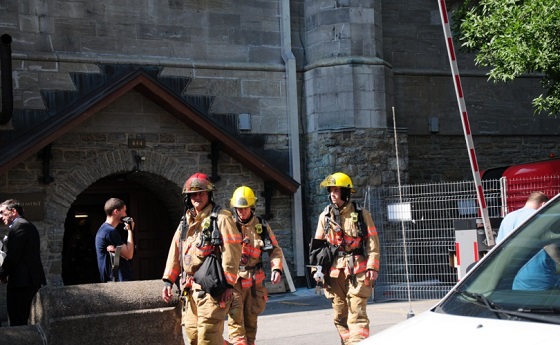
From LifeSiteNews
Conservative MP Kelly Block has introduced Bill C-255 to amend the Criminal Code with minimum penalties for vandalizing religious property amid hundreds of church burnings.
Conservatives are working to increase penalties for mischief directed at places of worship after hundreds of churches have been burned to the ground.
On November 6, Conservative Member of Parliament (MP) Kelly Block introduced her Private Members Bill C-255, which would increase penalties for criminals convicted of mischief directed at places of worship.
“Over the past 10 years, there has been an alarming rise in incidents of mischief committed against religious property of in Canada. Churches, synagogues, mosques, and other places of worship continue to be vandalized,” Block told Parliament.
The bill seeks to amend the Canadian Criminal Code by adding penalties for anyone “who commits mischief in relation to a building or structure, or part of a building or structure, that is primarily used for religious worship.”
According to the proposed legislation, for a first offense, an offender must compensate the property owner in an amount of not less than $1,000. For a second offense, the offender must compensate the property owner in an amount of not less than $1,000 and serve imprisonment for not less than 14 days.
For each subsequent offense, the offender must compensate the property owner in an amount of not less than $1,000 and serve imprisonment for not less than 30 days. If the offense is prosecuted by indictment, the offender is liable to imprisonment for a term not exceeding 10 years. If the offense is punishable on summary conviction, the offender is liable to imprisonment for a term of not more than two years less a day.
Campaign Life Coalition’s Pete Baklinski celebrated the legislation on X, writing, ” Hundreds of Canadian churches have burned to the ground in the past decade. Carney Liberals don’t seem to care.”
“That’s why it was nice to see Conservative MP @KellyBlockmp introduce a bill today (Bill C-255) to stiffen penalties for vandals who attack churches,” he continued. “About time!”
Hundreds of Canadian churches have burned to the ground in the past decade.
Carney Liberals don't seem to care.
That's why it was nice to see Conservative MP @KellyBlockmp introduce a bill today (Bill, C-255) to stiffen penalties for vandals who attack churches.
About time! pic.twitter.com/aTD6xHw0Tn— Pro-life Canadian Man (@PeteBaklinski) November 6, 2025
At the same time as Conservative MPs work to punish criminals who target churches, Liberals have repeatedly shut down motions to condemn the violence.
As LifeSiteNews reported last month, Liberal MP John-Paul Danko dismissed attacks on churches in Canada as “conspiracy theories” despite two churches being targeted in his own riding of Hamilton.
Hate-motivated attacks against Christians are on the rise in Canada. In 2021 and 2022, the mainstream media ran with inflammatory and dubious claims that hundreds of children were buried and disregarded by Catholic priests and nuns who ran some Canadian residential schools. The reality is, after four years, there have been no mass graves discovered at residential schools.
Regardless of this, over 120 churches, most of them Catholic, many of them on indigenous lands that serve the local population, have been burned to the ground, vandalized, or defiled in Canada.
The attacks are ongoing. Earlier in October, an Alberta Christian church was burned to the ground.
-
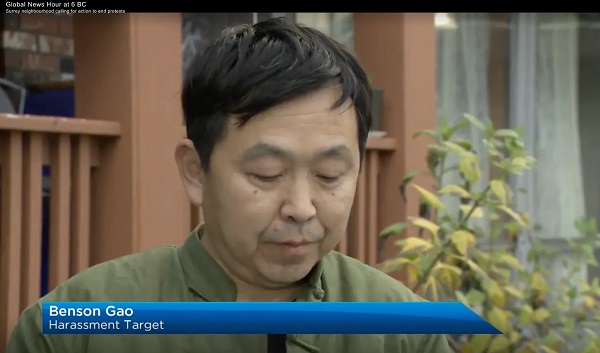
 espionage2 days ago
espionage2 days agoChinese-Owned Trailer Park Beside U.S. Stealth Bomber Base Linked to Alleged Vancouver Repression Case
-

 Daily Caller2 days ago
Daily Caller2 days agoLaura Ingraham Presses Trump On Allowing Flood Of Chinese Students Into US
-

 Daily Caller2 days ago
Daily Caller2 days agoUS Nuclear Bomber Fleet Shares Fence With Trailer Park Linked To Chinese Intel-Tied Fraudster
-
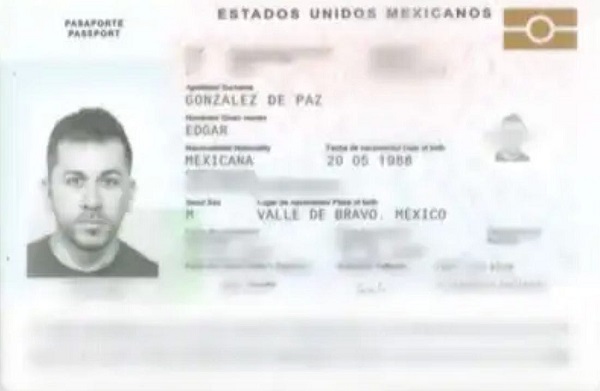
 Crime2 days ago
Crime2 days agoCBSA Bust Uncovers Mexican Cartel Network in Montreal High-Rise, Moving Hundreds Across Canada-U.S. Border
-
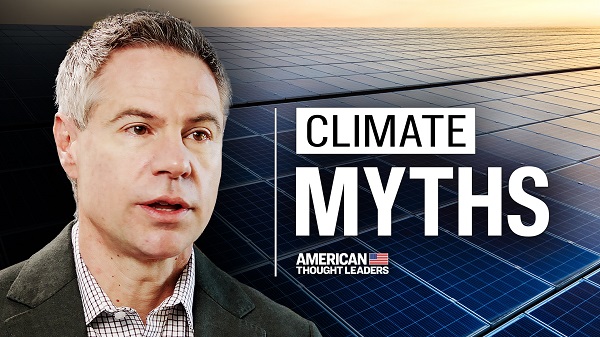
 Environment2 days ago
Environment2 days agoThe Myths We’re Told About Climate Change | Michael Shellenberger
-

 COVID-192 days ago
COVID-192 days agoSpy Agencies Cozied Up To Wuhan Virologist Before Lying About Pandemic
-

 MAiD23 hours ago
MAiD23 hours agoQuebec has the highest euthanasia rate in the world at 7.4% of total deaths
-
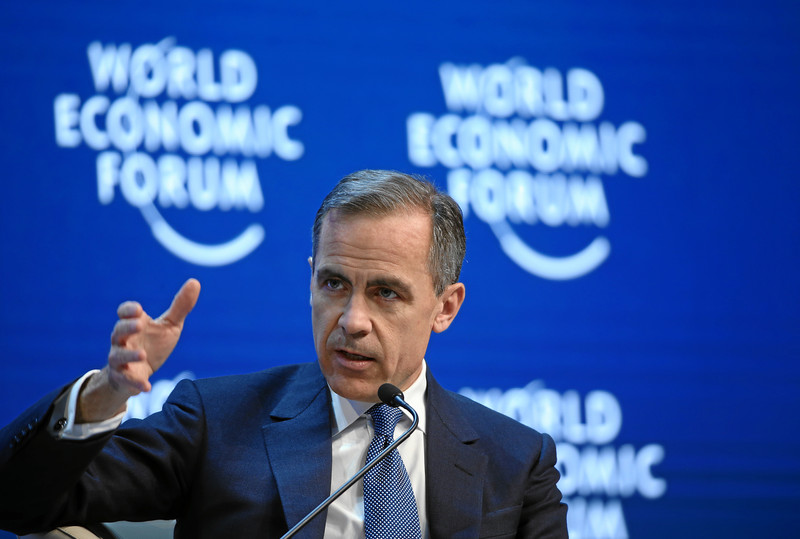
 Business2 days ago
Business2 days agoCarney and other world leaders should recognize world’s dependence on fossil fuels





